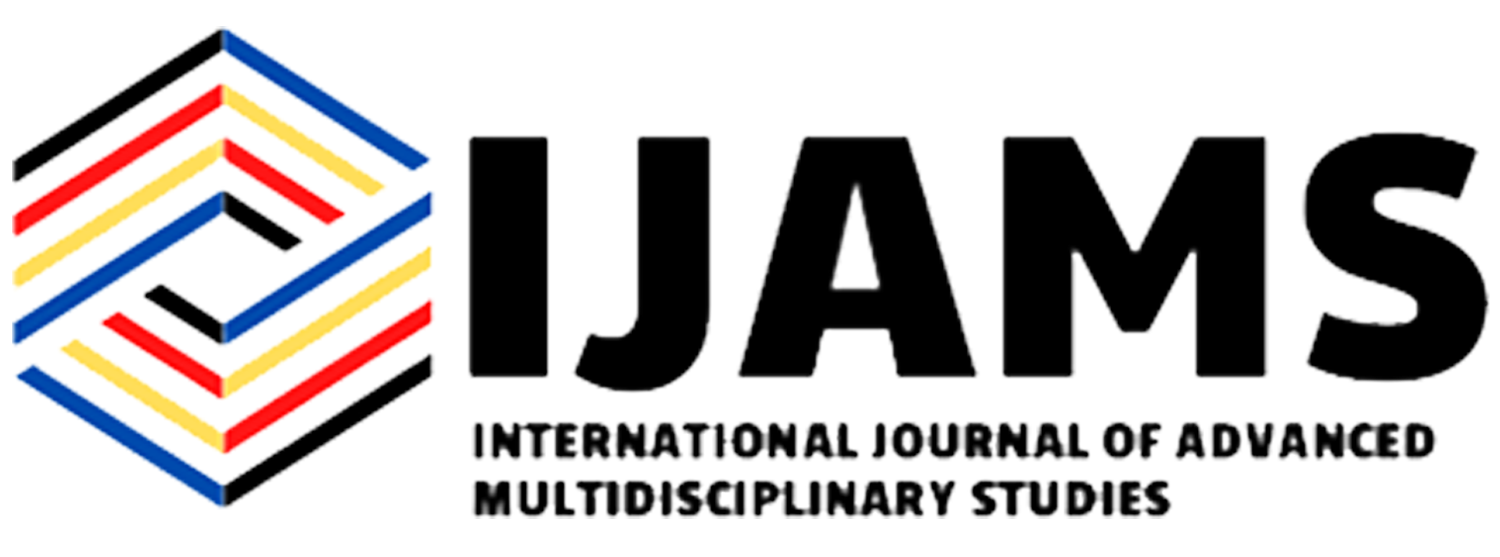ISSN: 2782-893X
eISSN: 2799-0664
 ISSN: 2782- 893X
ISSN: 2782- 893X


— The importance of integrating Culturally Responsive Teaching (CRT) in teaching elementary pupils has been recognized across all educational institutions in the world. This led to the conceptualization of the study. Specifically, this study identified the strategies of elementary teachers in implementing CRT and their challenges that led to the development of contextualized primer and training design. Through ethnomethodology, the study revealed that the strategies teachers use to implement Culturally Responsive Teaching (CRT) vary across its dimensions. In the emancipatory dimension, teachers promote peer learning, encourage critical thinking, empower student voices, integrate diverse perspectives, and foster critical consciousness and social responsibility. In the multidimensional dimension, strategies include recognizing diverse learning styles, incorporating cultural relevance and local context, encouraging collaborative learning, and fostering empathy and inclusivity. The transformative dimension focuses on fostering leadership, community engagement, connecting education to social issues, and empowering pupils through critical thinking. In the validating dimension, teachers create a safe environment, incorporate pupils’ cultural backgrounds, and encourage student voice and personal expression. Furthermore, the study also discovers that the challenges arise in each dimension of CRT. The emancipatory dimension faces issues like resource availability, student readiness, resistance to sensitive topics, and diverse student viewpoints. The multidimensional dimension is challenged by balancing diverse needs, time constraints, and limited resources. The transformative dimension struggles with student engagement in social issues, systemic barriers, and insufficient professional development. The validating dimension faces challenges related to lack of resources and ensuring cultural representation and respect in the classroom. Meanwhile, the developed primer in implementing CRT in elementary classrooms is rated with very high validity. Also, the training design in implementing CRT is perceived to be of very high validity. Above all, this study highlights the importance of integrating CRT in elementary education, identifying effective strategies and challenges across its various dimensions. The findings suggest that while teachers face multiple challenges, the developed primer and training design have shown very high validity, reflecting their potential to enhance CRT implementation. It is recommended that educational institutions provide ongoing professional development and resources to support teachers in overcoming challenges and further refining their CRT strategies, ensuring that all students receive culturally relevant and inclusive education. Keywords — Contextualized Primer, Culturally Responsive Teaching, Ethnomethodology